Notice: Undefined variable: echo in /var/www/kabazoo/data/www/spark.crisp-studio.com/wp-content/themes/SparkSales_Final/header.php on line 140
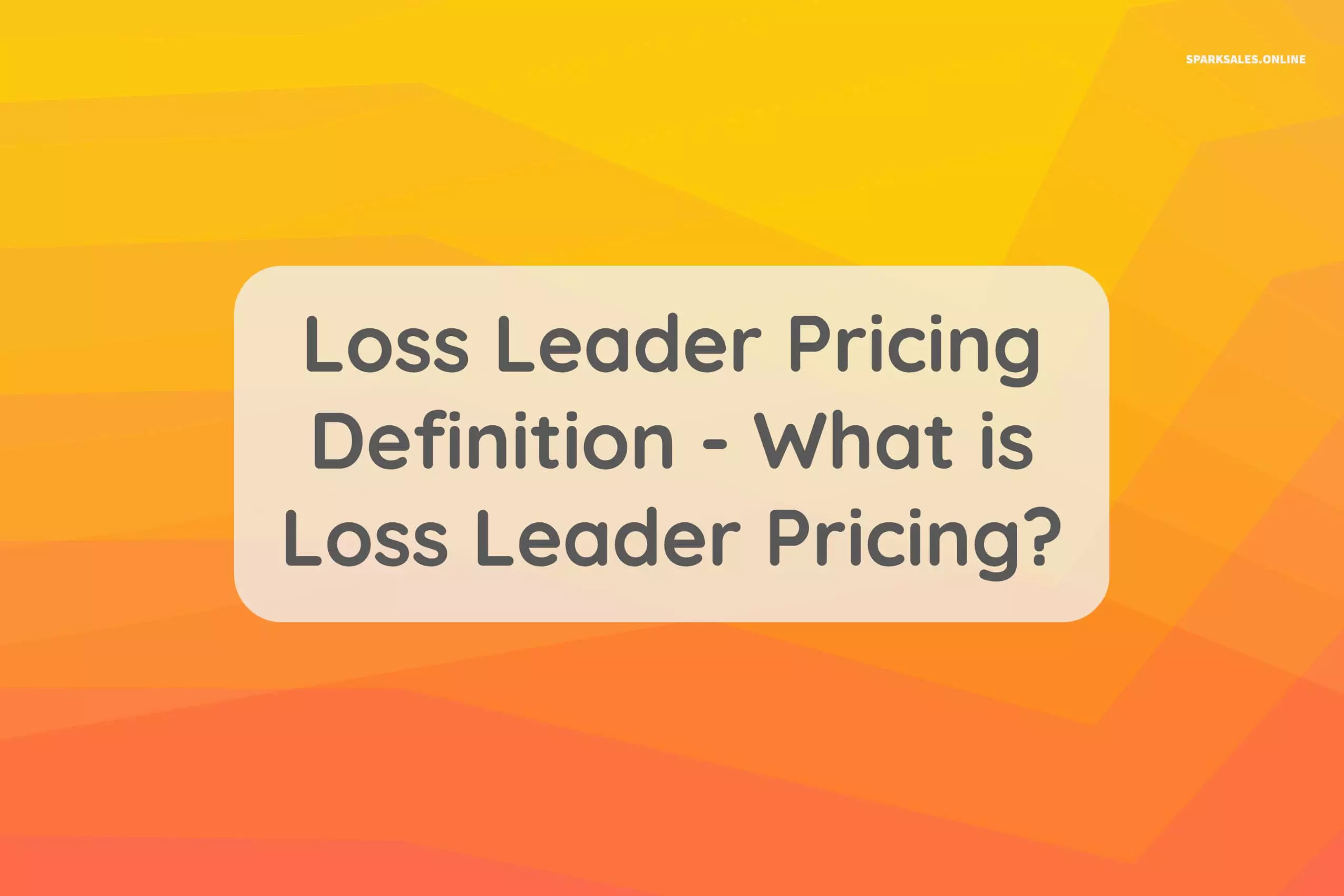
Today we’re going to cover the definition of loss leader pricing and what precisely a loss leader is. Now in some of our previous articles, we’ve talked about the basics of what you need to do in order to have a successful business. We discussed that there are three things in business that people can do to ultimately be successful: You can be the first in class, you can be the best in class, or you can compete on cost, and these three topics are once again necessary when we look closer at loss leader pricing.
So a loss leader means that you’re going to give something to someone for a little bit of money. It’s enough to whet their appetite, and then you’re going to smoothly move them into the next stage, allowing them to grow with you, your business, or your concept before they commit to something much more significant.
This works really well in service-based businesses. It also works well in infopreneurship / education-based business models too. So you give them a little bit of a taste of something that you’re doing. You ask them to come for an appetiser, and then you basically get them to buy the main course.
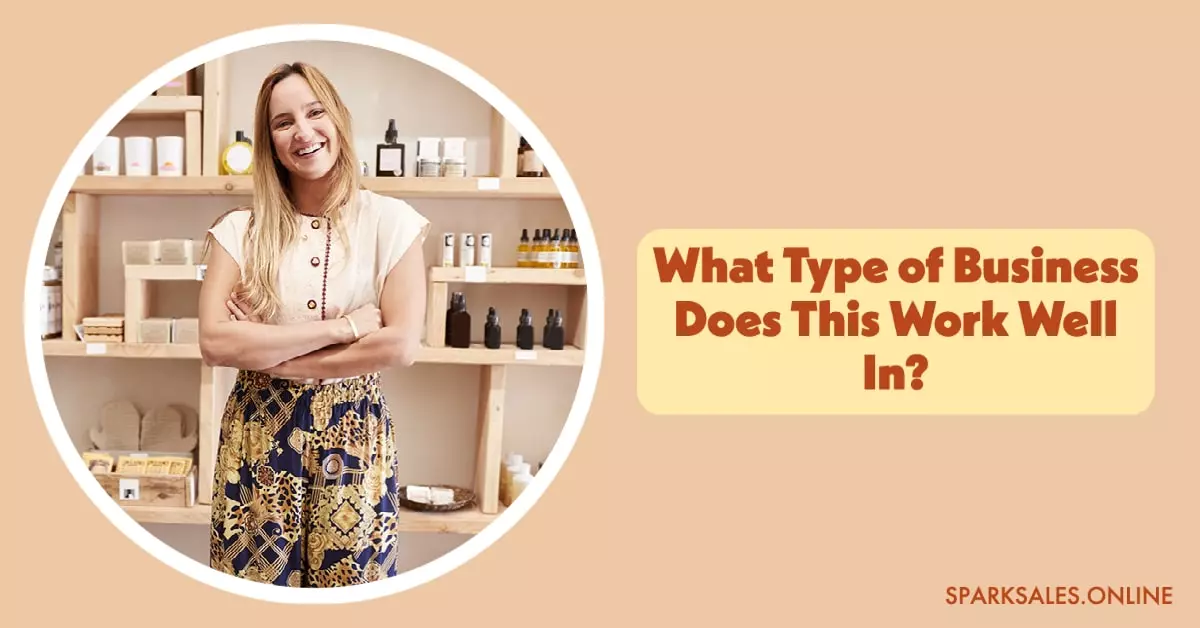
So you can apply this concept to a lot of business models but where some companies are failing with this is that they’re putting it into work on Groupon. Now Groupon is excellent; in 2011, my friend employed Groupon in her business, and she did amazingly on Groupon. For example, they were allowed to sell a pass for their yoga studio, which was 12 yoga classes for £24. Nobody had done it before, but it meant that she kept about 80p per pass, which means they obviously lost a lot of money per person who came in the door to do yoga.
So that pass was valued at £195. Whenever someone came in the door from Groupon, they gave them the option to then convert it over from 12 passes to 24 passes, right? Cutting it in half. Therefore the £195 was honoured, and instead of it being £390 for yoga passes, they paid £195. Their customers got double the number of classes, so they saved 50% and ultimately a lot of money.
They could also trade their Groupon in, and they’d make it unlimited. So at the yoga studio, they had a three-month unlimited pass. If they upgraded within the time frame before it expired, they put them into an unlimited trial based membership where they could go ahead and upgrade from that.
So these were all the things they offered, and what they were able to do was capture a market of Groupon users by doing that. People they had never met before that might have been lurking or on the fence about signing up took advantage of the offer, and they actually sold more Groupons than anybody in a category at that point.
However, they also knew what they were doing. Whenever a Groupon customer came in the door, every one of her yoga teachers knew that the promotions were in motion and that they needed to upgrade that mileage so that they had more people staying with them for longer.
Suppose you’re a restaurant and you’re doing this. In that case, you obviously can’t tell somebody what they can and can’t order when they come in the door; you can’t sell a Groupon just for your lowest ticketed item, say the breadbasket that you’re giving away for free anyway. But, still, you could give them a price point and then offer them that upgrade when they come in. So, again, a few places are doing an excellent job of this in the restaurant sphere.
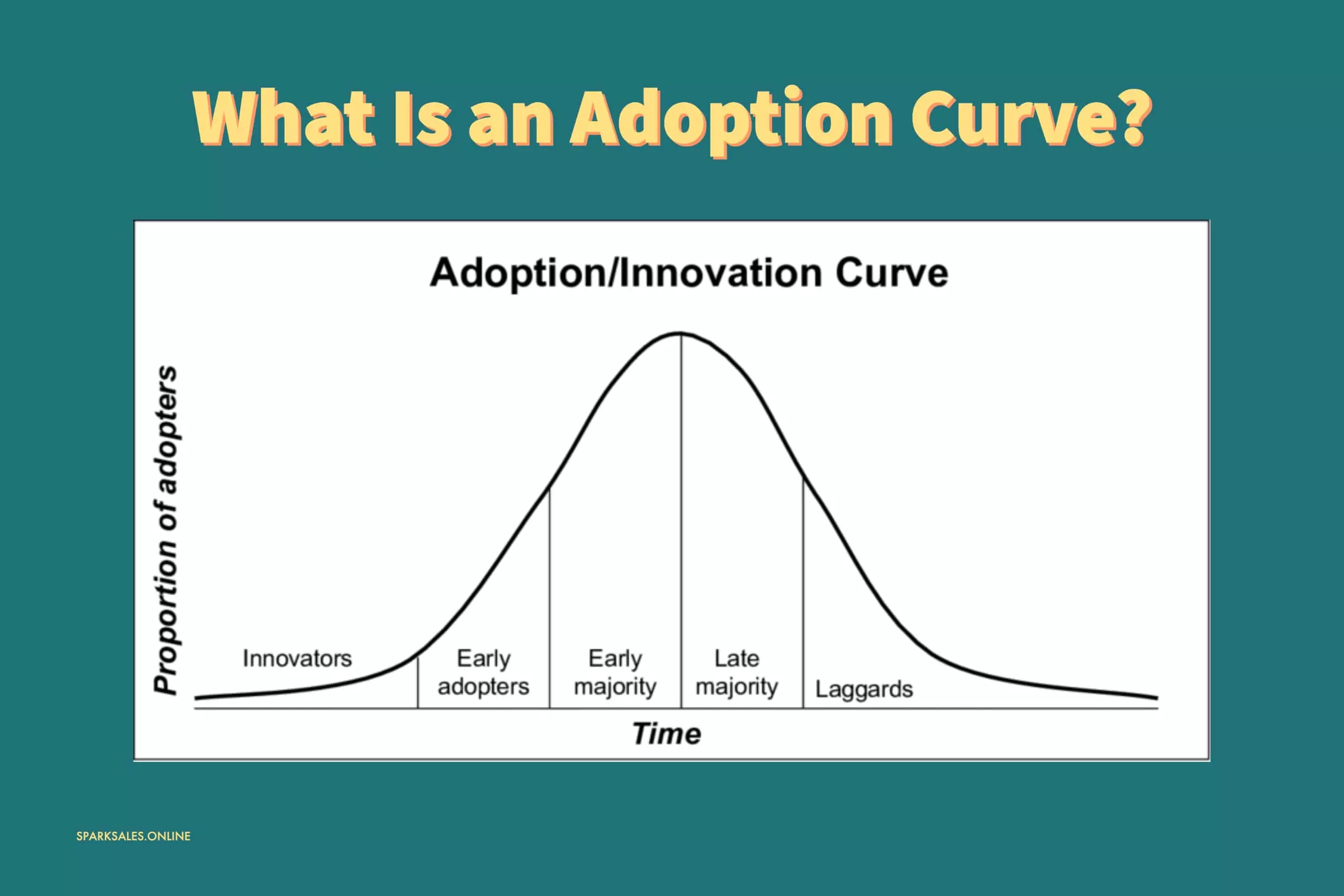
But realistically, if you have a service-based business, Groupon isn’t really the place you want to be when you look at the cost acquisition and the buyers’ mentality. Now Groupon has gone past their arc or their adoption curve, and when you are looking at where you are in terms of the adoption curve, the very first people who were adopting and purchasing on Groupon were aware that Groupon was the place you go to find new businesses. So you go to get a deal, and you come in, and then those deals revolve into the next sale.
Now perhaps only 20% of people on Groupon will continue doing business with places they find on Groupon, whereas 80% of people are conditioned to visit Groupon to get deals in any city they’re in, anywhere they go. So Groupon is sadly where many businesses will go to die, so if you know this, there are much better ways to leverage customer lead lists.
However, if you still really want to test out a Groupon style deal site for your business, I suggest you offer a product that you can roll into a monthly membership. My yoga studio friend had a loss leader, and it was £39 for an unlimited three-week session. Again, they didn’t make a lot of money on it, but it rolled over into a monthly membership and then that monthly membership was the reoccurring revenue that the business needed to keep the doors open.
As they had more members come in, it allowed them to pay their continual expenses because it was effortless. It made it very easy for the staff too, even if they had no sales experience because they just pointed at the poster and said, “Do you want to do that?” and then the customer either said yes or no.
So if you think about it in those terms, you can be very successful with this method. There are introductory memberships at many tanning salons and gyms across the whole of the UK, where people happily sign up for reoccurring revenue business models. Still, it can be hard to find customers, and we’ve talked about this in other articles. Relationships are the bread and butter of your business, you, myself, we are in the business of making relationships, and we do that by getting to know one another.
So if you’re reading these articles, you are getting to know us. If you just see us and you never engage with us, we don’t see you. So keep that in mind because that’s how it works. If you want to get on someone’s radar, you engage with them. Pretty soon, you’ll find that you’ve developed community with someone else, and that’s what a lot of it is when you’re building relationships with other people, and that’s ultimately what you’re emphasising in your business.
But a loss leader is straightforward. It’s you taking the threshold of what you do and lowering the cost to a place where someone else can engage with you and come in on their terms to be in your business. They’re graduating with you, so it’s a meagre cost to them upfront, and you’re making a massive investment in them and then as they begin to scale upward with you, they can invest in you more and then you make more from them on the back end.
When you think about a lot of bricks and mortar retail operations, many of them right now are running lost leaders, and they’re doing this just to get a customer in the door. They’re hoping that once they get them in the door to sample what they have, they’ll continue to be their customer.
So let’s look into this a little deeper; loss leader pricing is when a product is sold at a lower price than it cost to produce. For example, let’s say it costs you £5 to make your product and you charge £4 for it in your store. You’re going to make a £1 loss on each of those products that you sell. So really, why on earth would you set a price lower than the cost? Your main advantage to loss leader pricing is that it encourages customers into your store or to visit your website where they are likely to buy other goods.
It’s mainly because they’re likely to buy other things, not just the loss leader, which is critical. The idea is that those other goods have a high-profit margin, and what I mean by that is that maybe they also cost £5 to make, but you’re selling them for £13 or £17, so there’s a higher marginal profit. So the key is overall, yes you can take a loss on that item, but on the other products with high-profit margins, it leads you to make a profit overall, and that’s the takeaway here, overall per visit to the store or website, you make a profit.
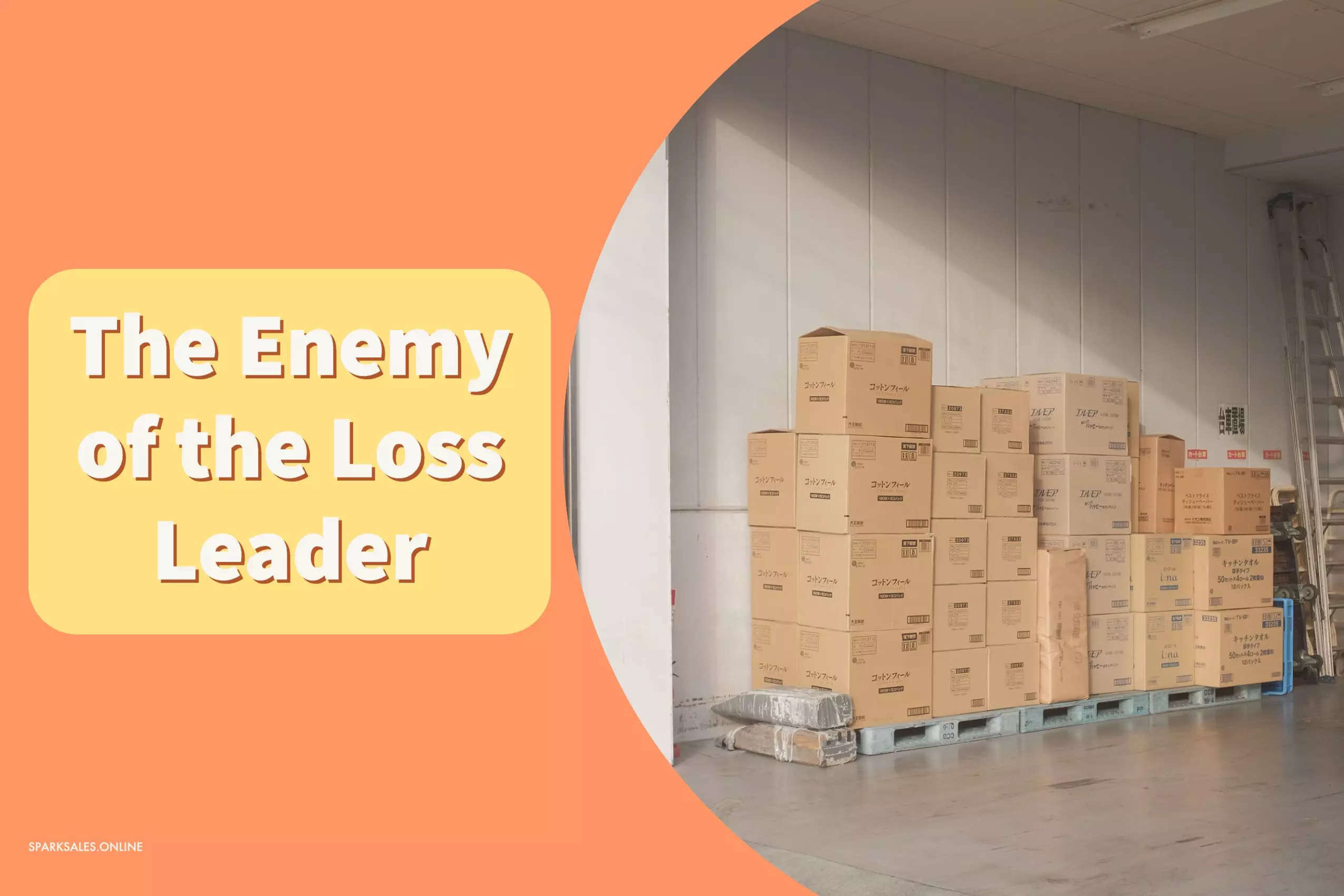
If we break it down, it’s called loss leader pricing because you take a ‘loss’ to ‘lead’ a customer into your store to make more sales and make more overall profit. Still, the problem and the danger with loss leader pricing is bulk buying which is also sometimes referred to as stockpiling.
Let’s say you’re doing a loss leader on Apple AirPod cases. Bulk buying or stockpiling is when somebody comes into your shop and buys ten thousand of those Apple AirPod cases, and that really could be a problem because, say, the cases were being sold for £7, and it costs you £8 to make one. So if that happens ten thousand times, you’re taking ten thousand losses of £1, so you’re losing £10,000, and that is not good for your business at all.
One is that to prevent this customer from coming in and buying those 10,000 cases, you want to have a situation where you make it clear what the maximum offer of this loss leader pricing is. For example, maybe you limit each customer to 2 units of the loss-leading product. So, in this case, the bulk buying guy could only come in and buy two Apple AirPod cases, not 10,000, because the max buy is two, and you’d make that very clear in all of your promotional material too.
Number two is the type of product you are offering a loss-leading price on. You ideally want it to be perishable. Perishable, meaning it will decay quickly, such as milk, eggs or bread. Supermarkets are simply the best at this. They love using milk, bread and eggs on a loss leader pricing strategy. They purposely charge those items at a loss to drag consumers into their shop because if milk is cheap, it will get people into their shop for their essentials so that they can then sell their other items that have a higher profit margin.
In combination, number three is the location that you put the loss-leading product in your shop or your website. In a physical bricks and mortar store, you’d put them at the back of your shop because with this promotion, you’ll be forcing your customers to come through the shop past every single item that you’ve got on sale just to get to the deal.
It’s a similar idea with loss-leading pricing and ecommerce stores. You’d offer the loss leader for that price at checkout when purchased in combination with a higher profit margin product. Just like a physical store, you want your customer to see as many of your goods as possible before they get to the opportunity to buy the loss leader.
The hope is that they’ll think, “Oh, I like that!” and they’ll purchase that higher profit margin product on the way to getting the item that they actually set out to buy and that will lead to an overall profit. So the name for this is choice architecture.
The fourth thing is a wide choice of products. You want to have a vast selection of products on offer because you can usually rely on the fact that most of your customers do not have customer discipline. Meaning that they are not disciplined enough to see the promotion, go through the outlet, go right to the back, just to get those two essential items and then walk out without purchasing anything else.
That type of customer is a loss to the business; that’s my Nana. She’s fantastic at that. So you need to bank on the consumer not having discipline because if they don’t have discipline or you can reduce their discipline by having loads of products on offer, then that’s how you can make that overall profit margin much higher. But, still, you won’t get my Nana with those tactics.
When you sell a product below market value, it gives your customers a reason to impulse buy. However, if you do the right types of things, you can actually get that person to purchase more than what they originally came to your website to purchase.
How many times have you been to a supermarket, and maybe you just wanted to go and grab some milk, and you come out with some crisps, sushi, and perhaps even a new pair of headphones that you never anticipated purchasing.
This is because your loss leader products are a way to draw customers in and get them through the door, and once they’re in and on your website, you need to do an excellent job of ensuring that they don’t just leave with the products they initially came for.
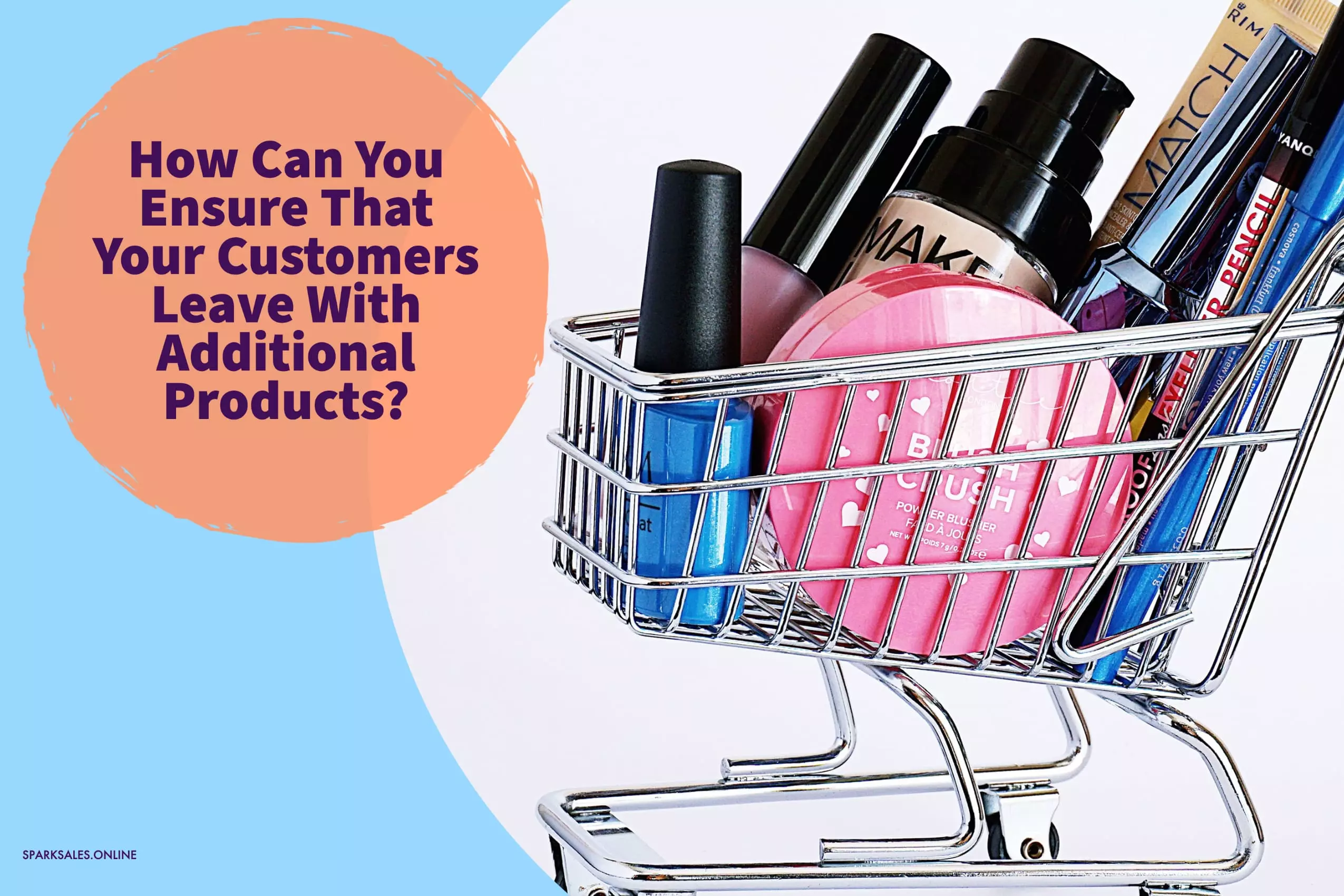
Well, the first thing to note is that your customers may not leave with additional products the very first time they come across your website. So, for example, you might be advertising your loss leader product on Facebook or Google Ads, and someone might purchase that product below market value and not purchase other products until later on down the line. One of the best and easiest ways to do that is via email marketing.
Another great way to get customers to potentially buy more from you when they visit your website and purchase a loss leader product is to offer them an upsell. So once they are about to purchase your products, you want to show them additional products that could complement the item they have just bought or take their products to the next level.
If you’re using software such as Shopify or even if you’re using WordPress, there are apps, and there are plug-ins on whatever software you’re using to create your website that will help you upsell to your customers. Some apps will also help you down-sell and cross-sell to your customers as well.
Cross-selling is when you’re selling products in a similar price range to the products you have just sold to your customer or that your customer is about to purchase. But, of course, you can also down-sell to your customers as well, so maybe one of your customers is on your checkout page, and they’re about to click the exit button because perhaps they’ve decided that it’s too expensive for them.
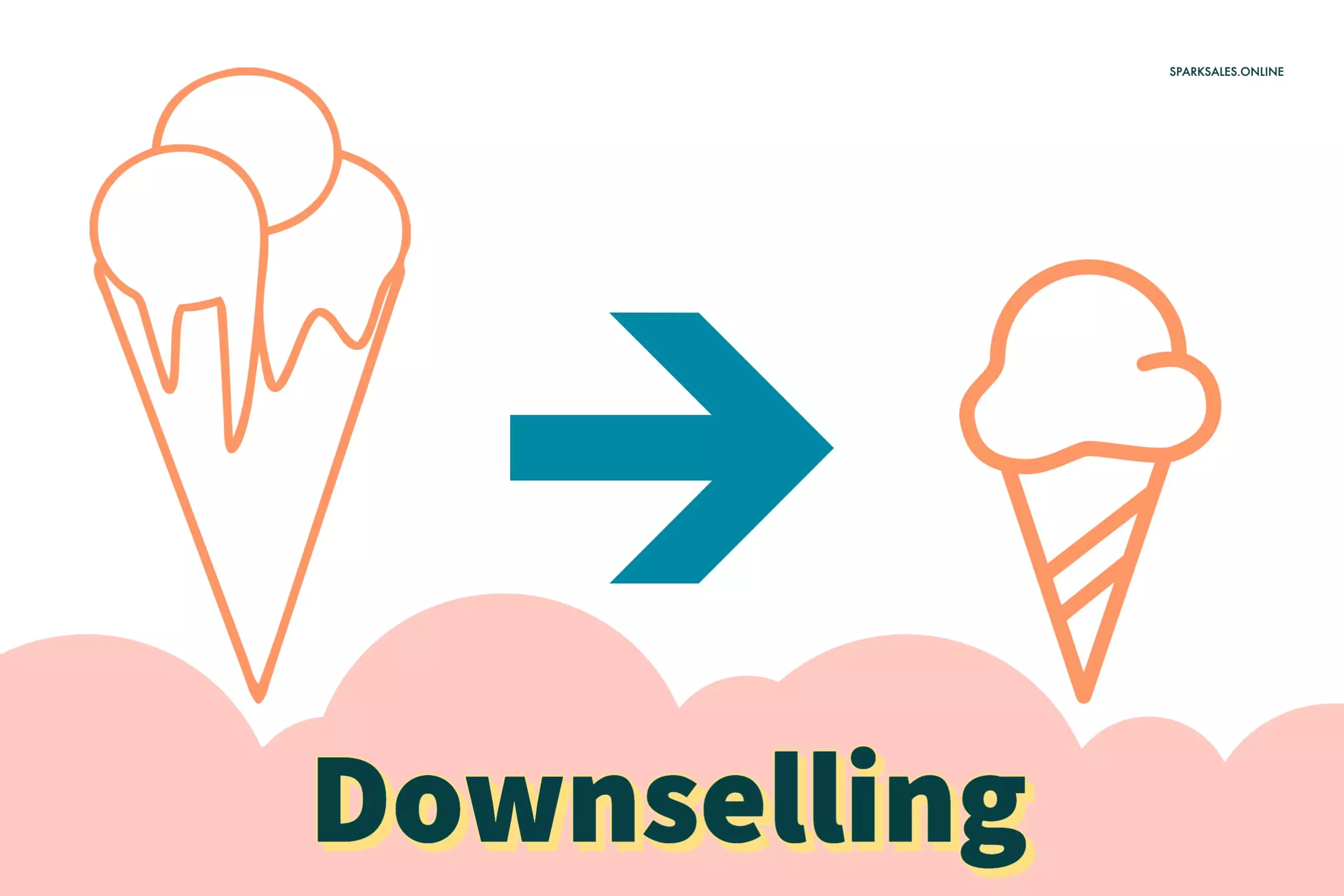
You can then show them a one-time offer of a cheaper priced product that does a similar thing. That is a down-sell, and instead of losing that customer altogether, you can retain them by convincing them to purchase something a little bit cheaper.
I hope this article was beneficial, brought you value and gave you some ideas on how you can use your products to drive customers to your website who purchase consistently rather than just making one-off sales. If you want to know more about generating leads and sales online, I highly recommend checking out our other articles. Make sure you share this article with a friend, and if you have any additional questions or comments, please leave them in the comment section below.
Subscribe to our posts
This page requires cookies to give you the best possible experience. Read our Cookies Policy to learn more.
This page requires cookies to give you the best possible experience. Read our Cookies Policy to learn more.
Comments